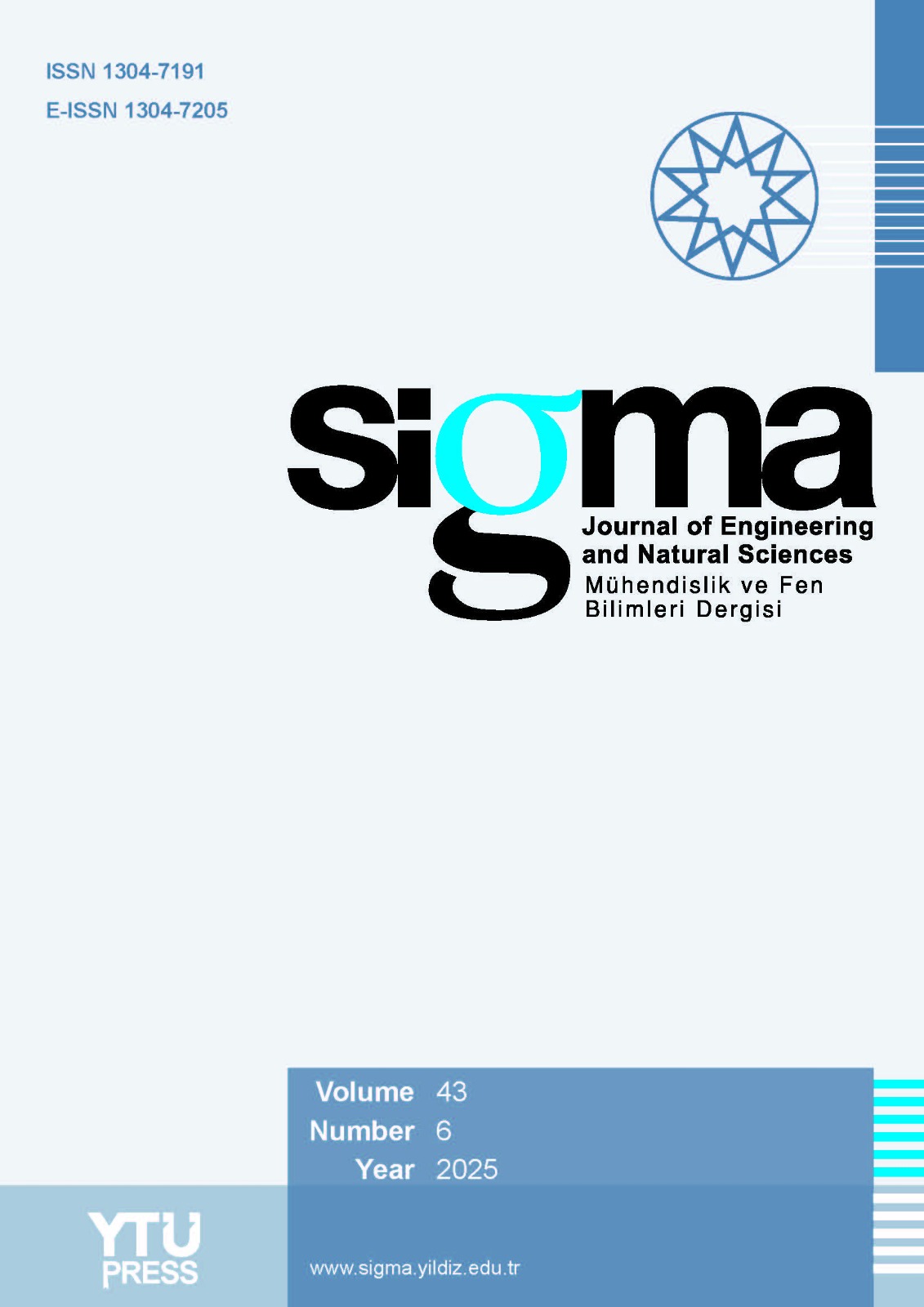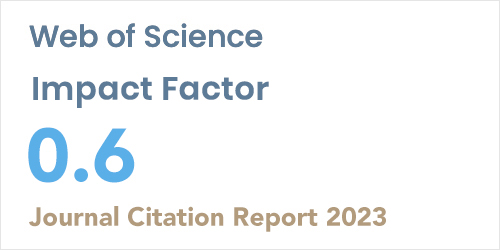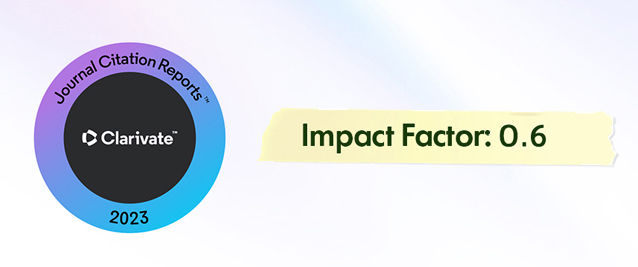2Department of Architecture, University of Baghdad, Baghdad, 10071, Iraq
Abstract
This paper investigates the application of artificial intelligence in modeling the morpholo-gies of architectural designs, primarily looking at traditional Iraqi architecture of the 1960s and 1970s. The research employs morphological clues based on buildings still standing to compare AI-created models to those traditionally conceived by architects. It assesses mor-phological characteristics in both AI-generated and human-designed architectures during the stated times using the Jaccard similarity approach. Accordingly, the problem was identified, with a lack of knowledge represented by the role of artificial intelligence in shaping Iraqi ar-chitecture preserving local architectural roots, and achieving a balance between technological innovation and authentic architectural identity. Based on that problem, the aim is determined is to provide knowledge represented by the role of artificial intelligence in shaping Iraqi ar-chitecture preserving local architectural roots, and achieving a balance between technological innovation and authentic architectural identity. The results indicated that the two had a strong similarity, demonstrating well that AI may be able to successfully emulate traditional architec-tural forms and materials with good effect.
In particular, it is focused on the ways AI can be employed to preserve and improve the lo-cal architectural identity, recognizing that while AI has an immense potential to mimic and maintain cultural heritage within architecture, its scope may well be limited by geographical and cultural specifics. Such limitations make it clear that findings cannot possibly find wide applicability for other regions or architectural styles. The research, however, suggests that a broader extent of the research coverage will overcome such limitations and may even provide wider applicability and insights.
The scores are highly significant, with most AI models scoring higher than 0.5 on the Jaccard index, representing adequate morphological conformity to conventional designs. This there-fore implies that AI can greatly aid in preserving local architectural features while bringing efficiency and creativity to the design process. It is therefore hugely important for the future practice of architecture and educational curricula; this is evidence that AI may likely play a critical role in filling the gap between traditional architectural values and modern technolog-ical advancements.














